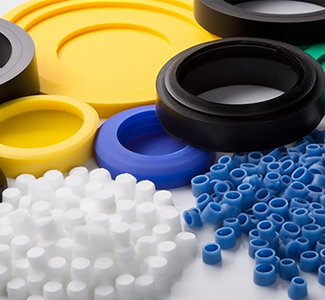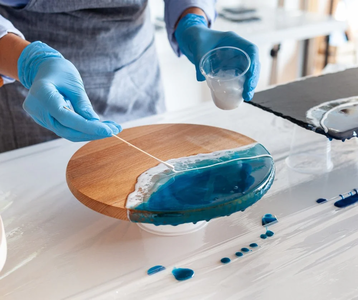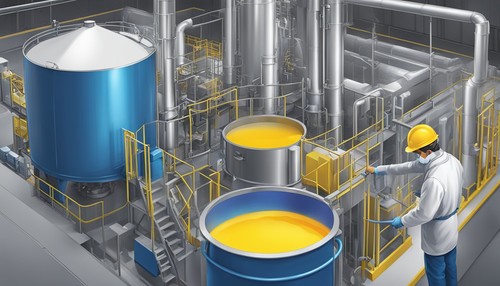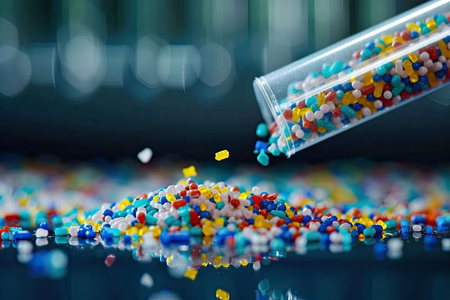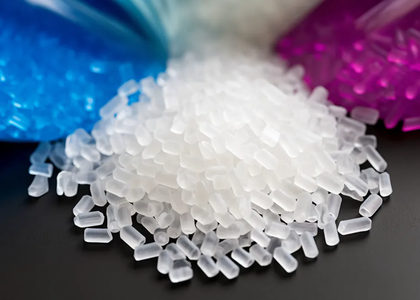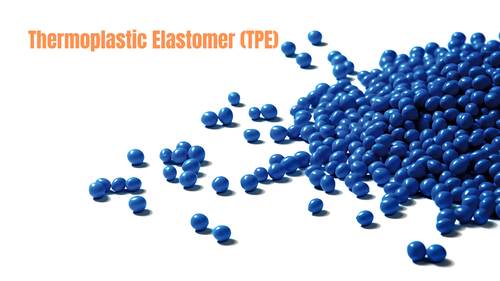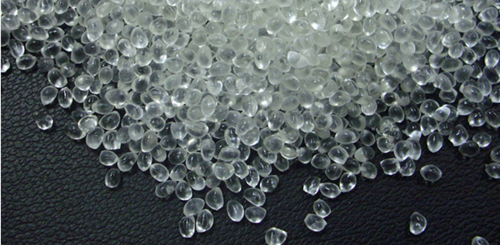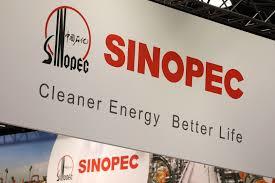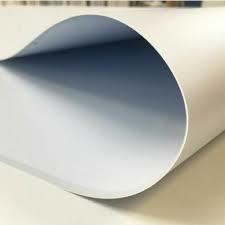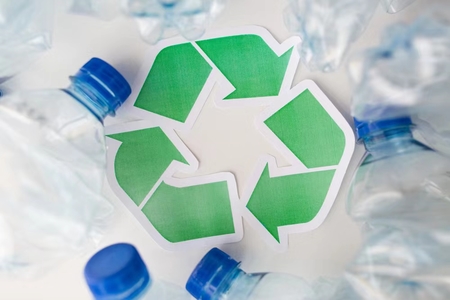
The fourth edition of Plástico Brasil 2025, the largest trade fair for solutions for the plastics industry in Latin America, will be held from March 24 to 28 at São Paulo Expo. The event, which is an initiative of ABIMAQ and ABIPLAST (Brazilian Plastics Industry Association), will bring a series of innovations that combine technology and sustainability, with emphasis on new projects, machinery modernization, raw materials, circular economy and recycling. These initiatives will have even greater visibility at this industry meeting, consolidated as the great stage for trends, services and products, presenting more efficient and environmentally responsible solutions, promoting significant impacts throughout the plastics chain.
